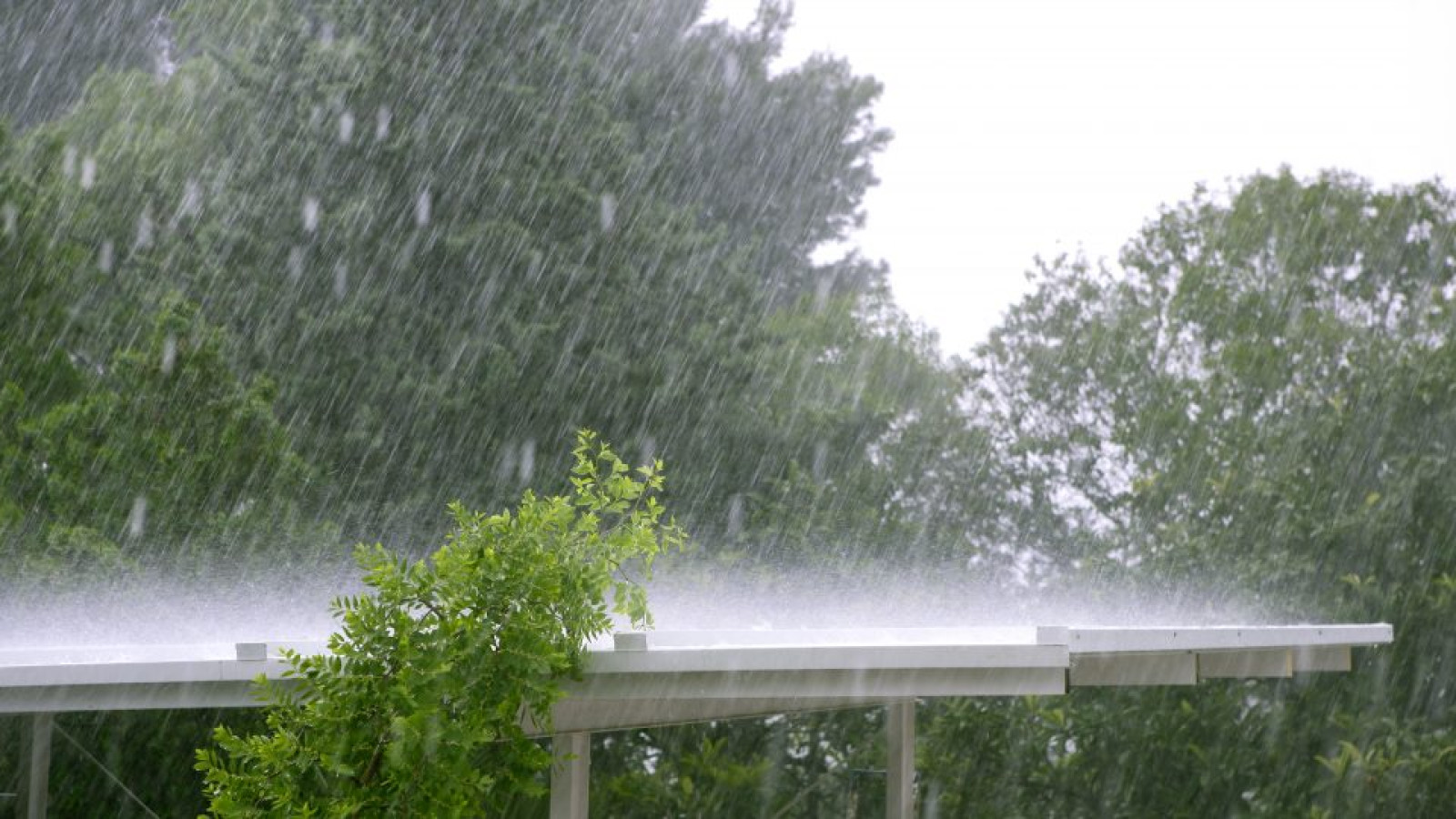First step: The catchment system
The efficiency of rainwater harvesting for drinking begins with a well-designed water catchment system. This system involves several components, including the roof, gutters, downpipes, water storage tank, and the connecting pipework. Each element plays a vital role in ensuring that the collected rainwater remains clean, safe, and suitable for human consumption.
Second: Roof selection
Not all roofs are created equal when it comes to collecting water for drinking. Roofs must meet the stringent requirements outlined in the AS/NZS 4020:2005 standard, which focuses on the suitability of materials in contact with drinking water. This standard ensures that the roof materials do not introduce contaminants into the collected rainwater, guaranteeing a safe and reliable water source.
Third: Safeguarding water quality
To further enhance the safety of harvested rainwater for drinking, it is imperative to use roofing products that have been tested and approved for contact with potable water. Allco JM TPO has undergone rigorous testing and is certified as a suitable waterproofing membrane for water collection. This endorsement ensures that rainwater remains uncontaminated during its journey from the roof to the storage tank.
Fourth: Effective filtration
It is vitally important to have a reliable filtration system to ensure that any remaining impurities or contaminants are removed to ensure the safety of the collected water.
Fifth: Regular maintenance
Maintaining the integrity of the water catchment system is an ongoing process that should involve regular inspections of the roof, gutters, and storage tanks to prevent debris buildup and contamination.
Conclusion
Collecting rainwater from roofs for drinking is a practical and sustainable solution, offering both economic and environmental benefits. However, the key to success lies in meticulous adherence to standards, the use of approved materials such as Allco JM TPO, and the incorporation of effective filtration. By following these guidelines, individuals can confidently embrace rainwater harvesting as a reliable source of clean and safe drinking water, contributing to both personal well-being and environmental conservation.
If you have any questions regarding our membranes, choosing the right waterproofing for your project or if you require assistance with design, specification and compliance, please get in touch with our team by phone (09) 448 1185 or email [email protected].




























 Most Popular
Most Popular Popular Products
Popular Products


